When Sam was eight years old, he found a game on his tablet that allowed him to create his own mini games. Intrigued, he started dragging colorful blocks around the screen, connecting them like puzzle pieces to make characters move and jump. Sam didn’t know it at the time, but he was coding. A few years later, Sam’s curiosity grew, and he wanted to build more complex projects. That’s when he encountered text-based coding languages, where he had to type out every command.
Many parents and educators wonder: Is it better for kids to start with block-based coding or jump straight into text-based coding? Let’s explore the key differences between these two approaches and how each can benefit young learners.
What is Block-Based Coding?
Visual and Intuitive: Block-based coding uses a graphical interface where commands are represented by colorful blocks that snap together like puzzle pieces. This approach is highly visual and intuitive, making it ideal for beginners, especially younger children. Popular platforms like Scratch and Blocky are built on this model, allowing kids to learn programming concepts without worrying about syntax errors.
Simplified Learning Curve: Since block-based coding eliminates the need to memorize code, kids can focus on understanding the logic behind programming. This makes it easier for them to grasp fundamental concepts such as loops, conditionals, and variables. A study by MIT’s Scratch team found that block-based programming is effective in helping kids develop computational thinking skills, which are crucial for more advanced coding later.
Immediate Feedback: Block-based coding often provides immediate visual feedback, which is crucial for maintaining engagement. For example, if Sam wants to make a character move 10 steps forward, he can drag a block, press “run,” and instantly see the result on the screen. This instant gratification helps keep young coders motivated.
What is Text-Based Coding?
Greater Flexibility and Control: Text-based coding languages, such as Python, JavaScript, or C++, require typing out commands. This offers greater flexibility and control, allowing kids to create more complex and nuanced programs. As kids progress in their coding journey, learning a text-based language is essential for building more advanced applications, such as video games, websites, or software.
Focus on Syntax and Structure: Text-based coding introduces kids to the importance of syntax, which is the set of rules that define the combinations of symbols considered correctly structured programs. While this adds complexity, it also teaches kids to pay attention to detail, follow logical sequences, and troubleshoot errors. According to a study published in the Journal of Educational Computing Research, students who learn text-based coding tend to develop stronger problem-solving skills due to the need for precision and accuracy.
Preparation for Future Careers: Many industries rely heavily on text-based coding languages. By learning these languages early, kids can prepare themselves for future careers in technology, engineering, data science, and more. Text-based coding also opens the door to participating in coding competitions and contributing to open-source projects, which can be valuable experiences for young learners.
Which is Best for Kids?
The choice between block-based and text-based coding depends on the child’s age, experience, and interests. Block-based coding is an excellent starting point for young children or beginners. It builds a solid foundation of programming concepts in a fun and accessible way. As kids become more comfortable with these concepts, transitioning to text-based coding can provide them with the tools they need to tackle more sophisticated projects.
Ready to Get Started?
Whether your child is just starting with block-based coding or ready to dive into text-based languages, both approaches offer valuable learning experiences. Enroll in our coding courses now and give your child the skills they need to succeed in the digital world.

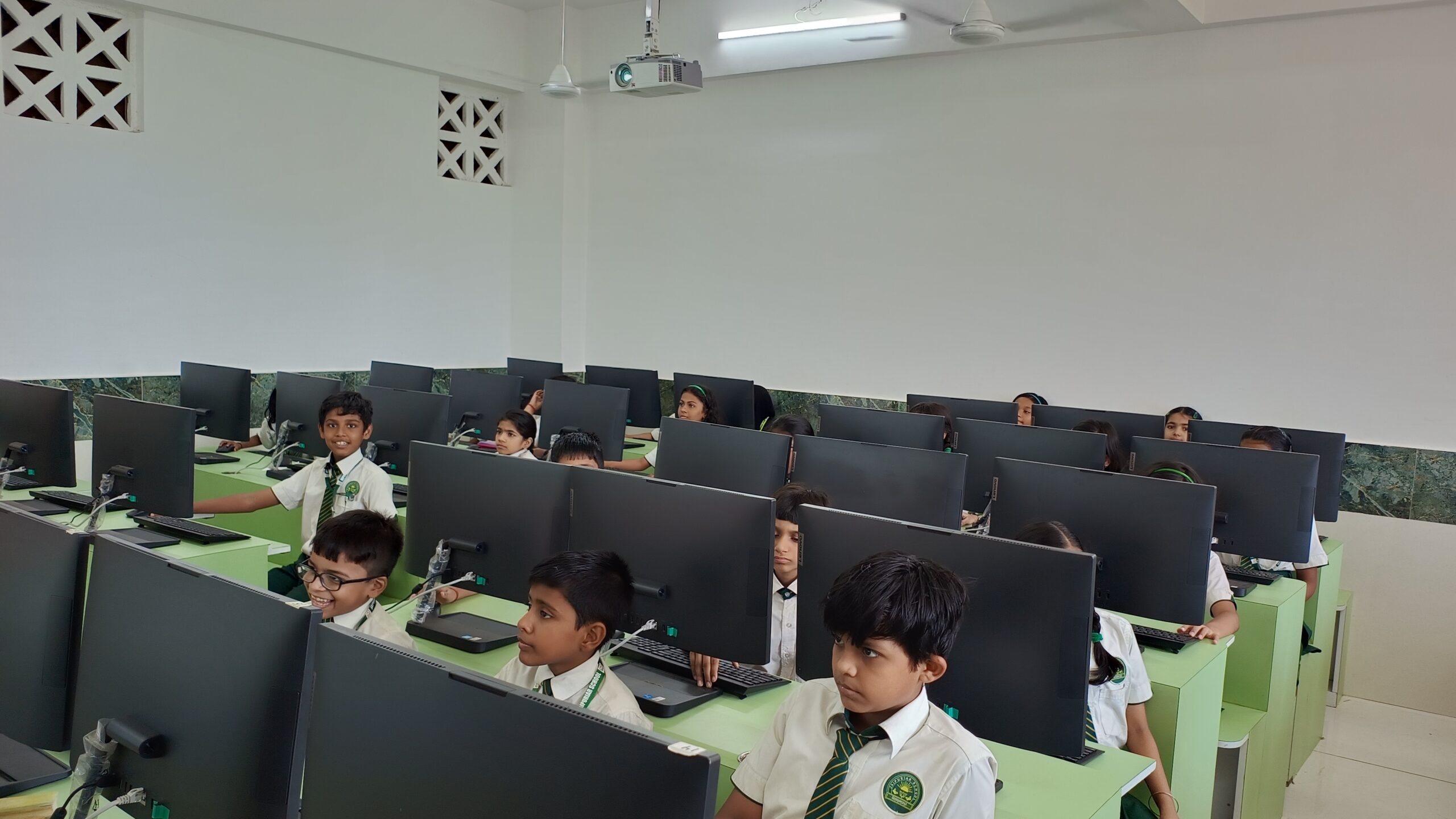

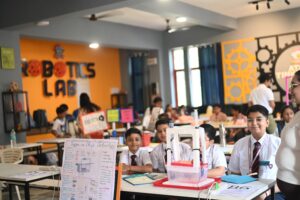


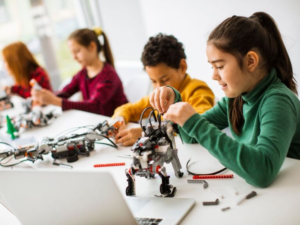
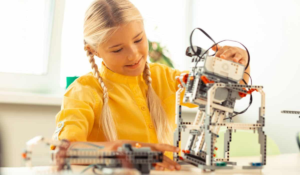

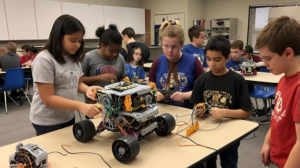

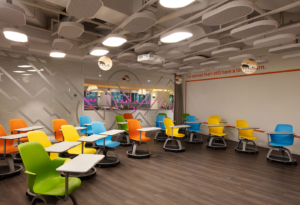

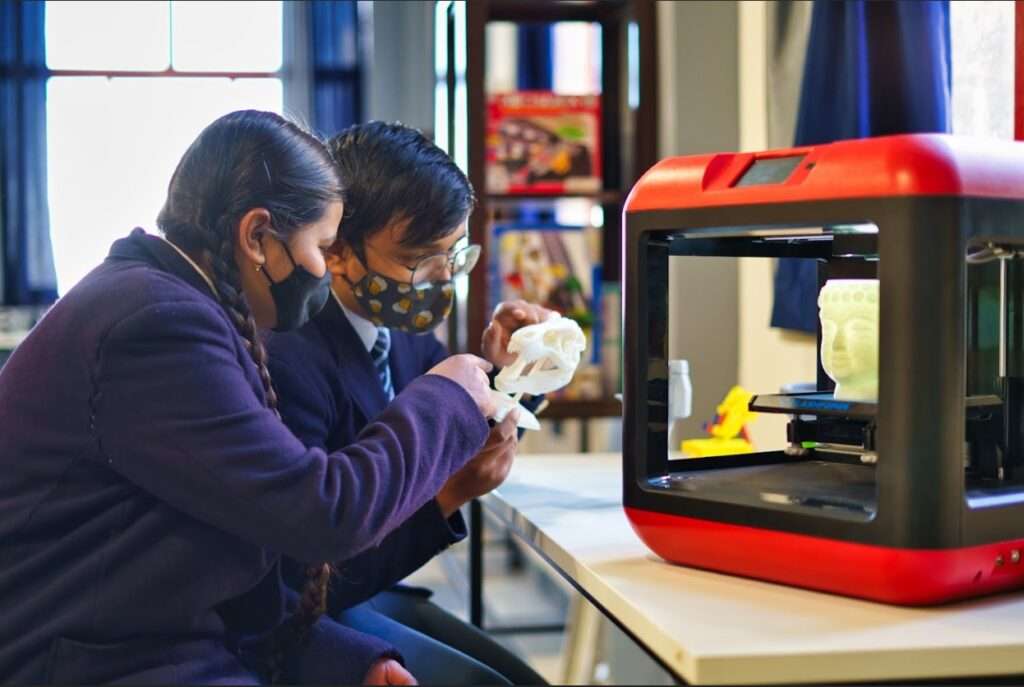
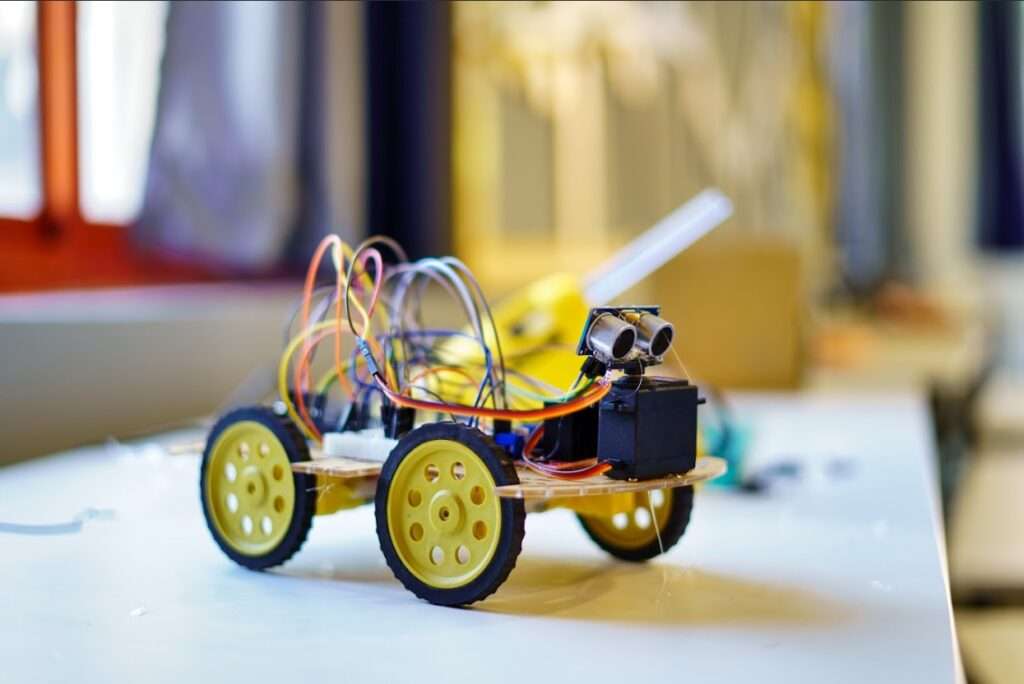

This Post Has 8 Comments
Business dicker Awesome! Its genuinely remarkable post, I have got much clear idea regarding from this post . Business dicker
Thank you for your kind words! If you have any questions or need further information, feel free to reach out at hello@makersmuse.in.
Ny weekly For the reason that the admin of this site is working, no uncertainty very quickly it will be renowned, due to its quality contents.
Thank you for your kind words! We’re excited to share more quality content—feel free to reach out at hello@makersmuse.in for any inquiries!
Wow! Thank you! I continually wanted to write on my site something like that. Can I take a part of your post to my blog?
Thank you! Feel free to reach out at hello@makersmuse.in, and we can discuss further!
I like assembling utile information , this post has got me even more info! .
Thank you for your feedback! We’re glad you found the post helpful—feel free to reach out at hello@makersmuse.in for more insights!